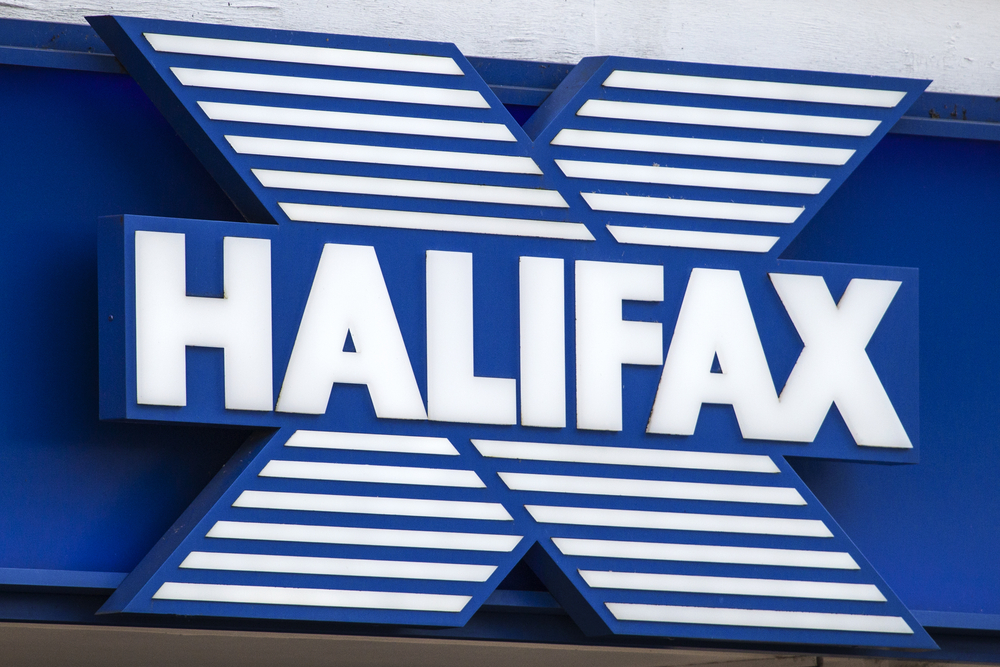
The tracker shows that legal firms’ average property caseloads were up 34% on pre-pandemic levels, with the typical firm registering 76 transactions in Q2 2022, compared with 57 in the same period in 2019.
The 500 biggest conveyancing firms accounted for 59% of completed transactions between April and June this year, which represented the highest level seen since Q2 2020 in the early months of the pandemic and surpasses any quarter from 2011 to 2019.
Similarly, the top 200 conveyancers by transaction volumes, out of almost 4,000 firms who were active during Q2, processed 40% of property deals across England and Wales, up from 38% a year earlier in Q2 2021.
The top 50 firms alone handled 21% of transactions, which was the highest figure seen outside of lockdown since records began in 2011.
HM Land Registry data shows more than 300,000 completed property transactions were registered in Q2 2022 for a third consecutive quarter.
Search Acumen says this is likely to be influenced by the continuing backlog of activity from the height of the pandemic, although the Q2 figure – despite being up 4% annually – was down 22% from Q1 as the backlog eases.
Despite overall workloads remaining high by historic standards, the number of active conveyancing firms dropped back to below 4,000 for the first time in over a year, since Q1 2021, as activity became more concentrated at the top end of the market.
The number of firms registering transactions in Q2 2022 was down more than 150 compared with Q1, falling from 4,122 to 3,963.
Overall, the top 1,000 firms recorded a collective market share of 76% in Q2 2022, their highest since Q4 2020 and higher than any period before 2020 and the onset of the pandemic. This left the remaining 2,963 firms completing over a combined 24% market share.
Search Acumen director Andy Sommerville says: “Conveyancing workloads have been under pressure for much of the last three years, and while we might see volumes go down incrementally as market activity slows, workloads will be defined by progressively more complex cases moving forwards as buyers and sellers seek to act in an increasingly difficult economic environment.”
“Down valuations and expiring mortgage offers may add additional layers of complexity for transacting parties and those stuck in chain, which will all translate into prolonged due diligence. Similarly, all parties will be trying hard to negotiate for every penny in the current economy – sellers because house prices might be dropping, and buyers because of inflation and the increased cost of borrowing.”
“Although the cost-of-living crisis is set to slow the market further, we might also see a slew of properties come to market in the autumn as sellers look to take advantage before prices drop too far. At the same time, as interest rates go up, homeowners may be at increasing risk of overextending themselves financially having purchased a larger home since the pandemic, adding more potential sellers to the market.”
“As more supply should balance out house prices, this may not translate to fewer transactions, as greater choice allows for more potential buyers to enter the market. It is entirely possible that we see an extended period of strong transactional activity despite economic headwinds.”



